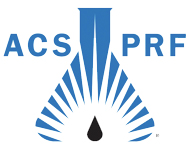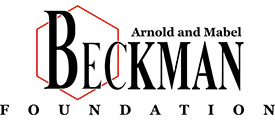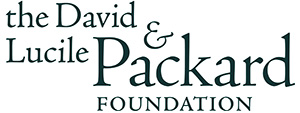New Frontiers in Porous Materials Synthesis
The Xiao lab develops new strategies to control the structure of crystalline porous materials across multiple length scales, from the molecular to the macroscale. By coupling innovative inorganic and organic synthesis, we are developing nanoporous architectures that replicate the exceptional conductivity of conjugated carbon nanomaterials, the structural complexity and catalytic activity of enzymes, and the processability of soft materials.
Conjugated Metal–Organic Materials
The discovery of conjugated carbon nanoallotropes transformed the materials landscape and fueled new technological innovations. We seek to extend these structural motifs to hybrid metal–organic materials. We are exploring diverse 0D, 1D, and 2D metal–organic nanostructures with extended conjugation and well-defined interior cavities.
Bio-Inspired
Active Sites
We are pioneering new strategies to 1) precisely template multiple functional groups within porous frameworks, and 2) control their local microenvironment. We are interested in diverse cooperative active sites for heterogeneous catalysis and guest binding, including bimetallic species and acid–base bifunctional sites.
Polymers of Intrinsic Microporosity
We are investigating contorted aromatic molecules as new building blocks for polymers of intrinsic microporosity. We aim to design surface-tunable and solution processable porous polymers for membrane separations and other applications.







